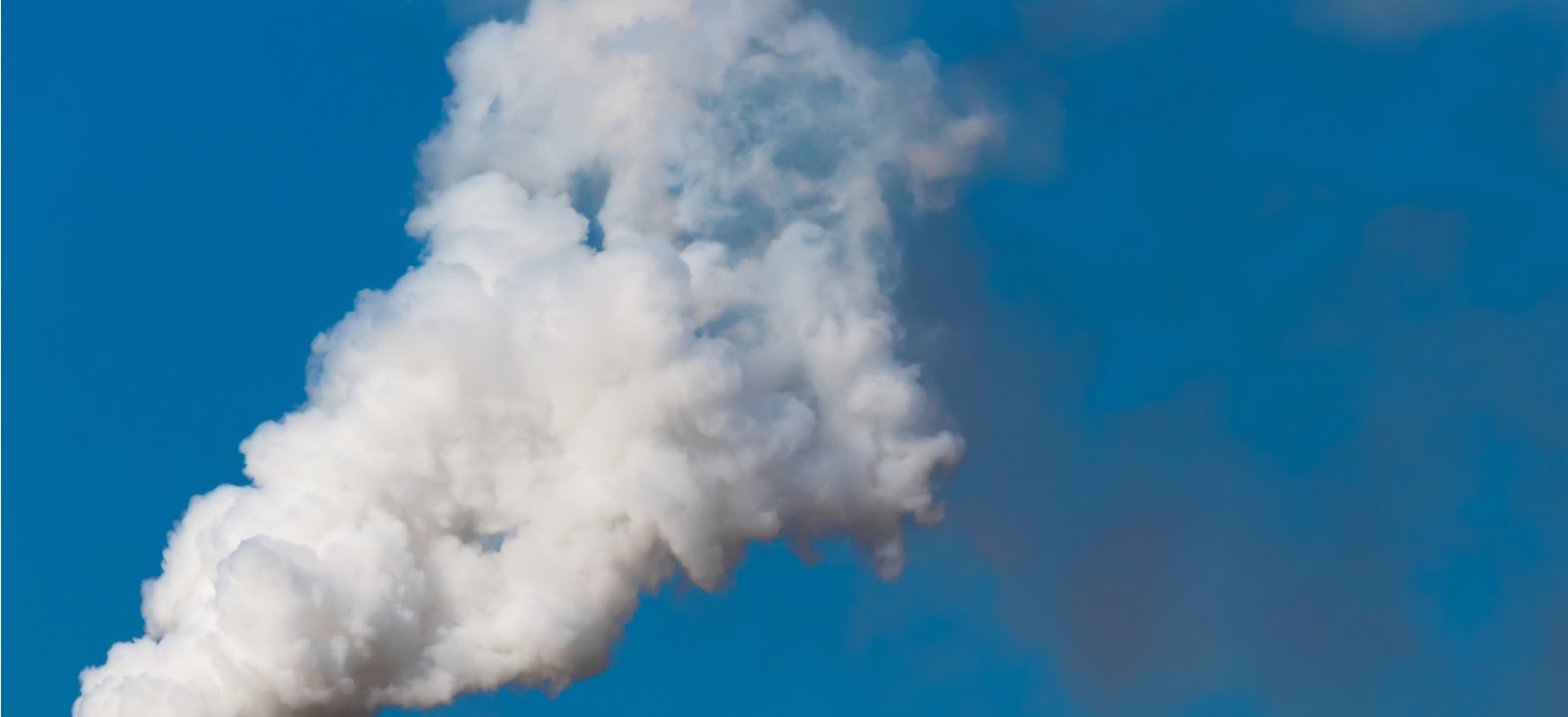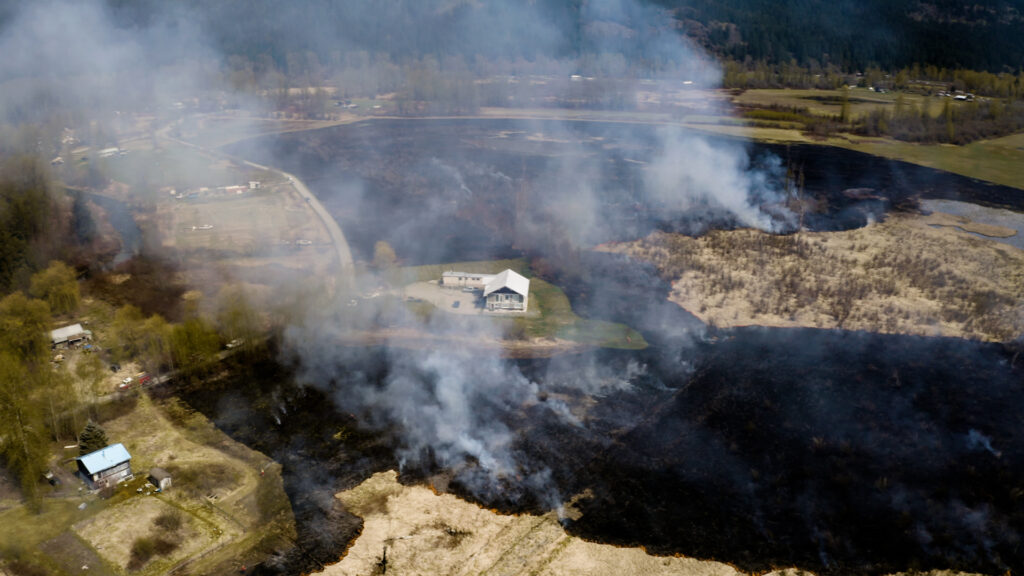Smoke management strategies
Here are some of the smoke management strategies and considerations included in a burn plan:
- Prescribed fires are typically implemented in the spring or fall when fire danger ratings are lower, producing less smoke than an unplanned wildfire that usually occurs under warmer and drier conditions consuming more fuel. (Emission)
- Strategies for minimizing the impacts of smoke are identified and captured in the burn plan, including venting heights and indices, transport winds aloft, wind direction, and ensuring fuel indices contain as little moisture as possible. (Dilution, Emission)
- Fire weather forecasts are obtained in consultation with a BC Wildfire Service regional fire weather forecaster to determine atmospheric stability, wind and forecasted weather conditions before implementing a prescribed fire. During implementation, operations may be suspended if smoke does not disperse as forecasted. (Avoidance, Dilution)
- Under the Open Burning Smoke Control Regulation, British Columbia is divided into three smoke sensitivity zones that are considered before implementing any prescribed fire. (Avoidance)
- Factors that are unique to each site, like topography, elevation, atmospheric conditions, fuel type/loading and human exposure, are factored into smoke management planning. (Avoidance)
- The time of ignition (daytime or night-time) may be factored into a burn plan to ensure smoke is better dispersed at the ground level and in the upper atmosphere. (Avoidance, Dilution)
- Onsite weather readings are conducted before and during prescribed burns to ensure weather conditions and fuel moisture levels are favourable for minimizing the amount of smoke produced. (Emission)
- Atmospheric conditions are considered before igniting a prescribed fire. In a stable atmosphere, smoke tends to hang near the ground, whereas in an unstable atmosphere, smoke is carried aloft. Cloud types are helpful onsite indicators when considering atmospheric conditions. (Dilution, Emission)
- Wind speed and direction are important considerations for smoke dispersion. More wind can help disperse a plume; however, strong surface wind speeds may cause a plume to lay-down near the surface and limit vertical dispersion. (Dilution)
- If there is a concern that smoke could impact traffic, a separate traffic safety plan utilizing signage, flaggers and pilot vehicles would be implemented in the impacted areas. (Impact Mitigation)
- The amount of smoke already in the atmosphere from wildfires is factored into the burn plan before implementation of a prescribed fire project. (Dilution)


